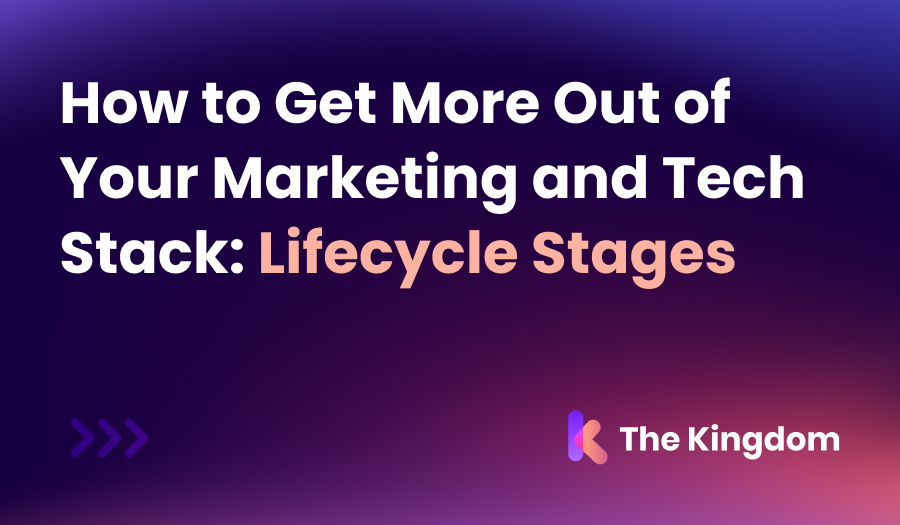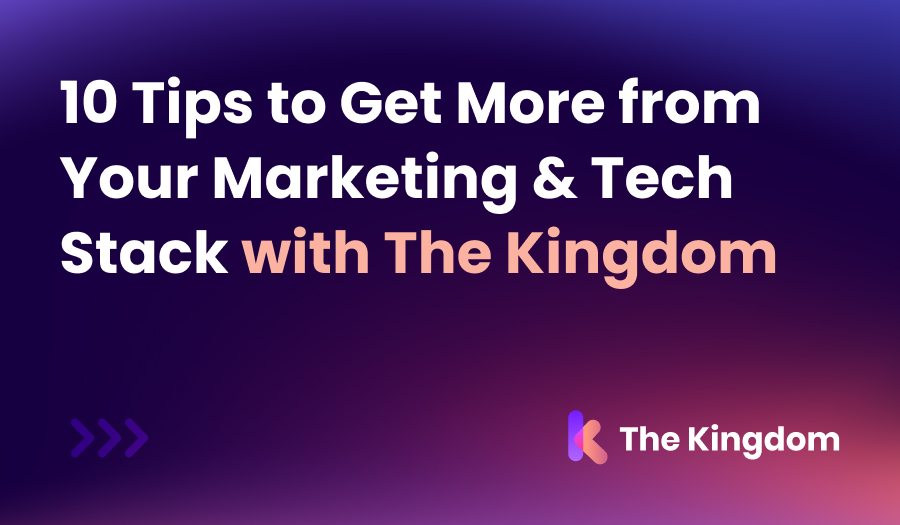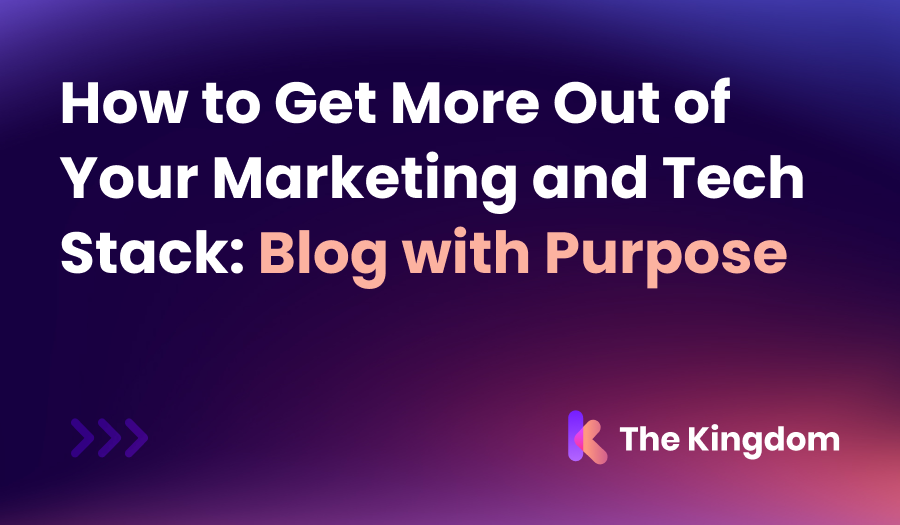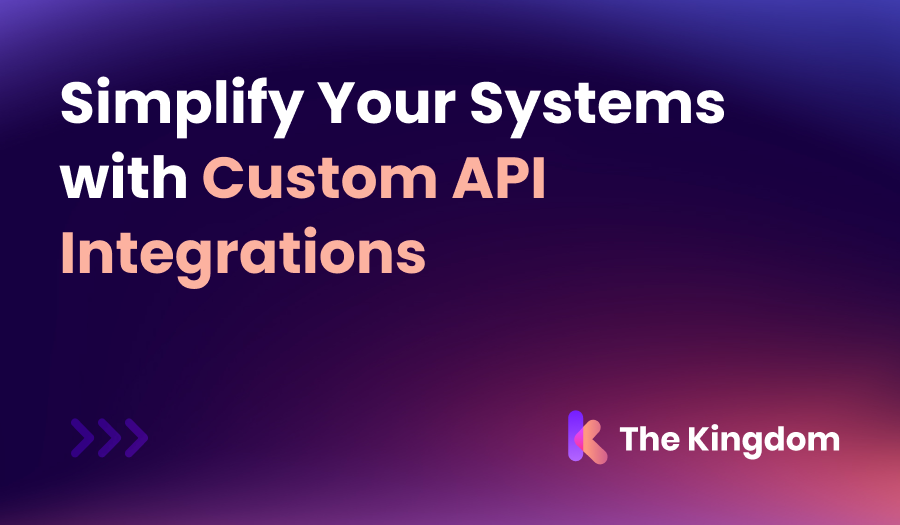Understanding and optimizing customer lifecycle stages is the cornerstone for maximizing the efficiency of your marketing and tech stack. At The Kingdom, we help businesses leverage HubSpot to refine their digital marketing strategies and drive significant growth.
Why Lifecycle Stages Matter
Lifecycle stages in HubSpot underpin your entire marketing and sales framework. They are foundational elements that segment your database, guide your workflows, and optimize your marketing and sales efforts. The Kingdom, with our advanced CRM solutions and comprehensive HubSpot training services, focuses on ensuring these stages are meticulously organized. Here’s why understanding and optimizing lifecycle stages within your HubSpot platform should be a top priority:
-
Segmentation and Personalisation: Lifecycle stages help you create targeted messaging. Subscribers and Leads have different needs compared to Marketing Qualified Leads (MQLs) and Sales Qualified Leads (SQLs). Our digital marketing strategies ensure that every segment receives the most relevant content, enhancing user engagement.
-
Improved Workflow and Automation: With correctly set lifecycle stages, you can automate various touchpoints, streamlining your marketing automation services. This includes setting up automated email nurture campaigns, lead funnel optimization, and even custom API integrations to ensure a seamless experience.
-
Precise Analytics and Reporting: Employing proper lifecycle stages allows for accurate customer journey analytics and digital analytics. Our experts at The Kingdom utilize these metrics to provide you with insightful data on performance stats and dashboards, ensuring your business strategies are data-driven and effective.
Using Lifecycle Stages for Enhanced Audience Targeting
Imagine leveraging HubSpot’s ad tools to create audiences from your CRM lists and then using those in different ad channels. The concept is simple yet profoundly effective. By categorizing your contacts accurately into lifecycle stages, you can tailor your ads and content marketing strategies to each segment, bringing them down the sales funnel to become Marketing Qualified Leads (MQLs), who can then be converted to Sales Qualified Leads (SQLs), and eventually, Opportunities and Customers.
Analyzing and Setting Up Lifecycle Stages
We understand that setting up lifecycle stages might seem daunting. That's where our HubSpot-certified experts come in. At The Kingdom, we offer HubSpot coaching, HubSpot onboarding, and even a HubSpot masterclass series to help you understand how to get the most out of your CRM software solutions and marketing automation services. We can help you with:
-
Custom Website Development: From eCommerce solutions to API integrations, our custom website development services ensure your CRM reflects the unique stages of your customer journey and streamlines your digital transformation efforts.
-
HubSpot CMS Customization: Through our HubSpot-certified experts, we provide HubSpot CMS customization, transforming your CRM for better lead funnel optimization.
-
Content Marketing and Online Branding: Your content marketing strategies should align with each lifecycle stage. Different messages are required for Subscribers, MQLs, and SQLs. With our expertise, your online branding and marketing efforts will resonate precisely with where each customer is on their journey.
-1.png?width=600&height=337&name=The%20Kingdom%20Website%20Graphics%20(18)-1.png)
Documentation and Rulebooks
It's not just about setting up; it's also about documentation. Keeping an internal rulebook for lifecycle stages ensures that your sales and marketing teams are on the same page. Access to this understanding is essential for:
-
Consistent sales CRM software usage
-
Effective sales and marketing automation
-
Real-time customer journey analytics and informed decision-making
With The Kingdom's digital analytics services, you can monitor when a customer entered and exited a particular lifecycle stage, providing key insights for refining your business growth solutions.
Common Pitfalls of Lifecycle Stages
While it's tempting to create custom lifecycle stages to fit nuanced business needs, doing so haphazardly can lead to chaos. Many make the mistake of confusing lead statuses and lifecycle stages. To avoid this common pitfall:
- Keep it Simple: Less is more. A minimal, well-thought-out set of lifecycle stages is more effective than a convoluted array. For instance, "bad timing" is not a lifecycle stage; rather, it’s a lead status dependent on particular lifecycle stages.
- Use HubSpot's Default Stages: Use HubSpot's well-defined stages unless customizing is absolutely necessary. This makes implementation smoother, reduces confusion for your team, and ensures effective use of customer journey analytics.
Avoid Creating Unnecessary Lifecycle Stages
Overcomplicating lifecycle stages can cause friction and confusion within your workflow. Stick to essential lifecycle stages such as Subscribers, Leads, Marketing Qualified Leads (MQLs), Sales Qualified Leads (SQLs), Opportunities, and Customers.
Adding unnecessary stages can disrupt your digital strategy and affect your inbound marketing efforts. Use lifecycle stages to help leverage your CRM software solutions for maximum impact.
Set Your Stage for Success with The Kingdom
Lifecycle stages are undeniably the cornerstone of your HubSpot CRM. Getting them right from the start allows for a seamless integration of your sales, marketing, and customer service efforts. At The Kingdom, we specialize in ensuring these stages are correctly implemented and will guide you through the process.
Contact our expert team at The Kingdom for more detailed insights into lifecycle stages or to understand how our HubSpot services can benefit your business. From lead generation to sales and marketing automation, our tailored solutions are designed to meet your unique needs. Let's make your marketing and tech stack work harder for you.








